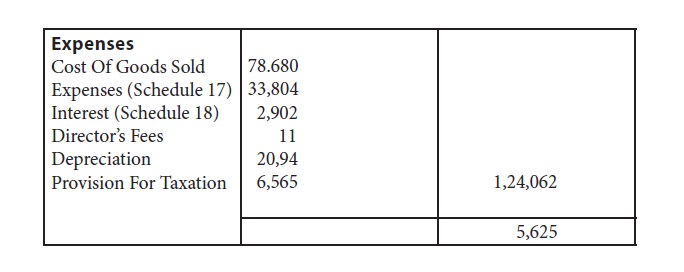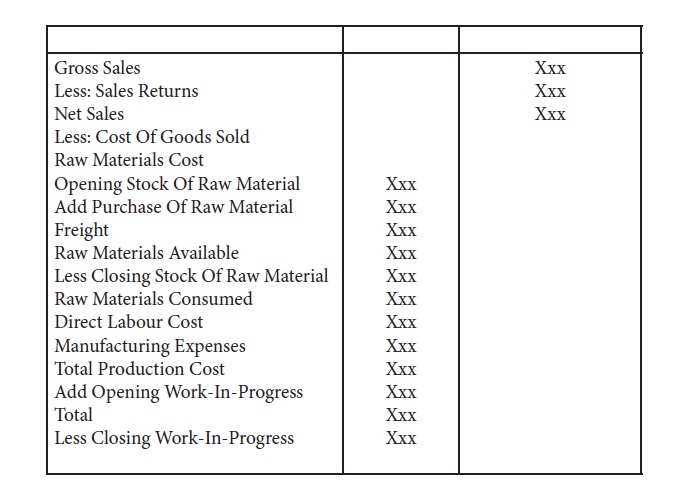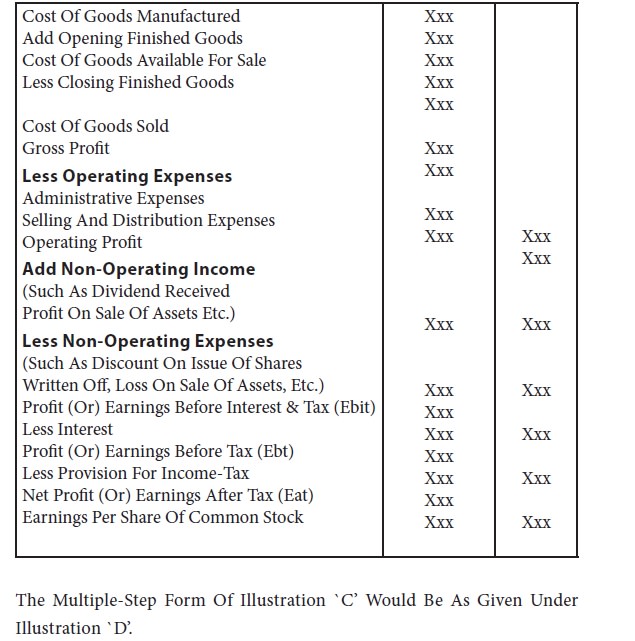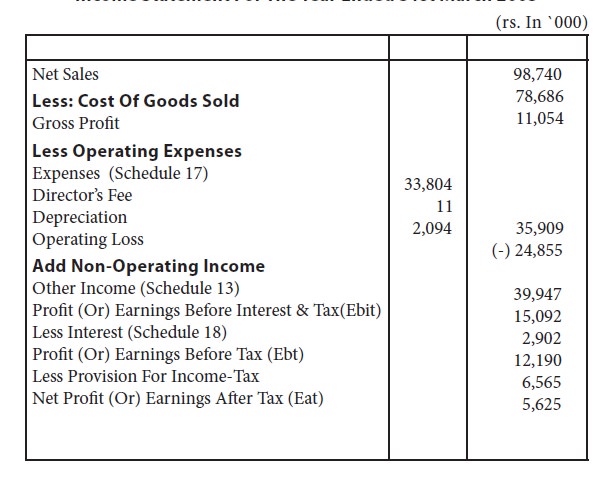Accounting For Managers - Preparation of Final Accounts
Form And Presentation Of Profit And Loss Account / Income Statement
In practice there is considerable variety in the format and degree of detail used in income statements. The profit and loss account is usually prepared in “t” shape. The following (illustration-a) is the summarized profit and loss account of ali akbar ltd.
Illustration – A:
Ali Akbar Ltd
Profit And Loss Account For The Year Ended 31st
March 2005

In the “t” shaped profit and loss account, expenses are shown on the
left hand side i.e., the debit side and revenues are shown on the right hand
side i.e., the credit side. Net profit or loss is the balancing figure.
The profit and loss account can also be presented in the form of a
statement when it is called as income statement. There are two widely used forms
of income statement: single step form and multiple-step form. The single-step
form of income statement derives its name from the fact that the total of all
expenses is deducted from the total of all revenues.
Illustration – a can be presented in the single-step form as given in
illustration – b.
Illustration
– B:
Ali Akbar Ltd
Income Statement For The Year Ended 31st March
2005


The single-step form has the advantage of simplicity but it is
inadequate for analytical purpose.
The multi-step form income statement is so called because of its
numerous sections, sub-sections and intermediate balances. Illustration – c is
a typical proforma of multiple-step income statement.
Illustration
– C:
Proforma
Of A Multiple-Step Income Statement


Illustration – D
Ali Akbar Ltd
Income Statement For The Year Ended 31st March 2005

The advantage of multiple-step form of income statement over single step form and the “t” shaped profit and loss account is that there are a number of significant sub totals on the road to net income which lend themselves for significant analysis.
Income statements prepared for use by the managers of an enterprise
Usually contain more detailed information than that shown in the above illustrations.












